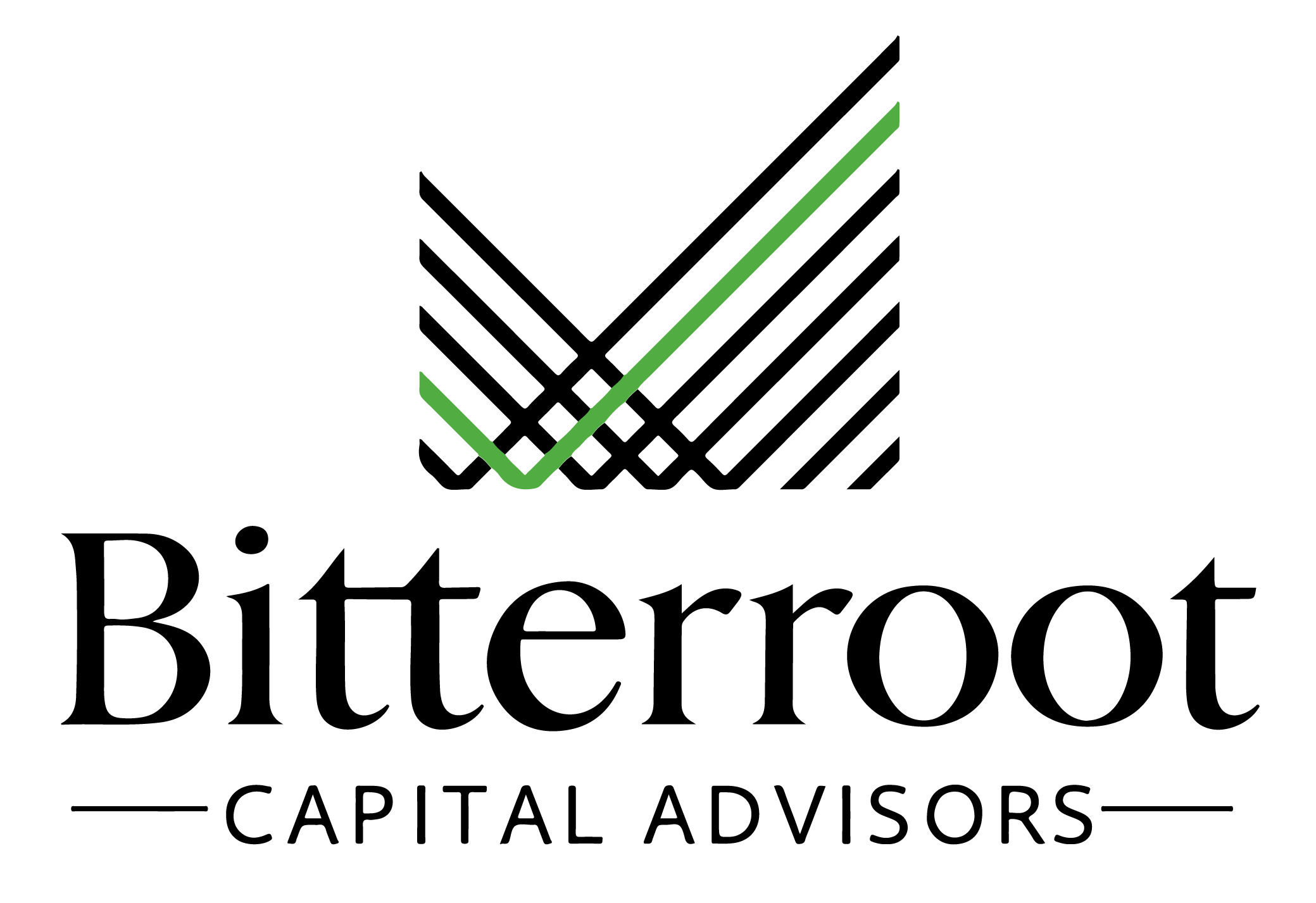Equity Markets
Global equities, as measured by the ACWI Index, advanced 6.6% in Q3, bringing YTD gains to 18.8% through October 11. Gains were broad-based, with emerging markets (+8.7%) and international developed equities (+7.3%) outperforming U.S. stocks (+5.8%). Emerging markets were notably boosted by a sharp 23.9% rally in Chinese equities, driven by large-scale government stimulus announcements. Strong corporate earnings and better-than-expected inflation data further supported equity markets throughout Q3, with momentum continuing into early October.
Fixed Income
U.S. government and investment-grade corporate bonds saw significant appreciation in Q3, as interest rates declined. The Barclays US Aggregate Index rose 5.2% for the quarter, leading to a 3.0% YTD gain. U.S. Treasury yields dropped by 60 basis points (10-year) and 110 basis points (2-year) in Q3, reflecting favorable inflation trends toward the Fed’s 2.0% target and a faster-than-expected cooling in the labor market. However, bond yields have risen by 35 basis points since the quarter’s end, amid stronger-than-expected economic data.
High-Yield Bonds & Leveraged Loans
High-yield bonds and leveraged loans continued to perform well, with Q3 returns of 5.3% (7.5% YTD) and 2.1% (7.0% YTD), respectively. Returns were supported by high coupon yields, lower interest rates, and spread compression. With base rates having declined by 50 basis points in the last month and a further 150 basis points reduction expected by year-end 2025, leveraged loan coupon income may decrease moving forward. High-yield bond spreads have narrowed to 290 basis points, below the historical average of 430 basis points and far below recessionary levels (800 basis points).
Hedge Funds
Hedge funds posted a 2.1% gain in Q3, bringing YTD returns to 5.1% through September. Long-short equity strategies (+7.5%) and convertible arbitrage (+5.6%) have been top performers YTD, while merger arbitrage (-0.9%) has underperformed.
Private Equity
Private equity returns rose 1.8% in Q1 2024.following a 9.3% gain in 2023. With Q2 data pending due to reporting lags, low-single-digit returns are expected. Returns in 2024 have lagged public equities, largely due to lower exposure to AI and tech sectors.
Additionally, PE managers have been reluctant to mark up asset valuations during a period of still low exit activity. Q3 deal activity neared $250 billion, marking a second consecutive quarter above $225 billion. Entry valuations increased to an average of 12.7x, while leverage declined to 5.2x Debt/EBITDA (45% of total deal value). Exit activity showed improvement, with a 50% increase in dollar terms YTD.
Private Credit
Private Credit was up 3.0% during Q2 2024. Early indications suggest approximately 3% returns for Q3. While the outlook remains positive, returns will decline as interest rates fall. Unlevered yields currently exceed 10% at base rates of 4.8%. Although current credit quality remains solid, the percentage of loans in non-accrual is rising, indicating potential defaults or markdowns in legacy portfolios. Competition is intensifying among private credit lenders, but conditions remain favorable in the middle market, where spread compression has been less severe.
Private Real Estate
The private real estate market saw a slight decline in Q2 2024, with the NCREIF Index down 0.3%, marking the fifth consecutive quarterly drop. Signs of stabilization are emerging, as cap rates level off and transaction volumes increase. Operating fundamentals vary by property type: industrial and multi-family rents are flat despite strong demand, while office vacancies have hit a historic 20% high.
Outlook & Portfolio Positioning
Although 2024 has seen strong returns across risk assets, the remainder of the year and 2025 could bring increased volatility. U.S. economic signals are mixed, geopolitical risks are heightened, and the upcoming U.S. presidential election adds further uncertainty. With U.S. equity valuations appearing stretched, the potential outcomes for the next 6-12 months are broader than usual, especially for public equities.
We are incorporating these views into our portfolio positioning by:
- Extending Duration: Adding Treasury bonds with intermediate maturities (5-10 years), especially if 10-year U.S. Treasury yields rebound to 4.25% or higher.
- Focusing on Private Investments: Continuing to allocate to new private investment strategies, with a particular emphasis on private equity secondaries and private credit, which offer compelling risk- adjusted return potential in the current environment.



